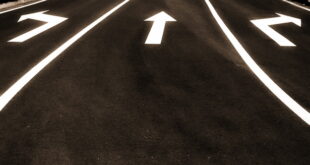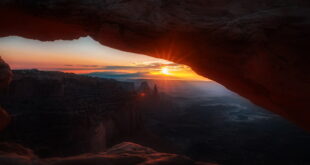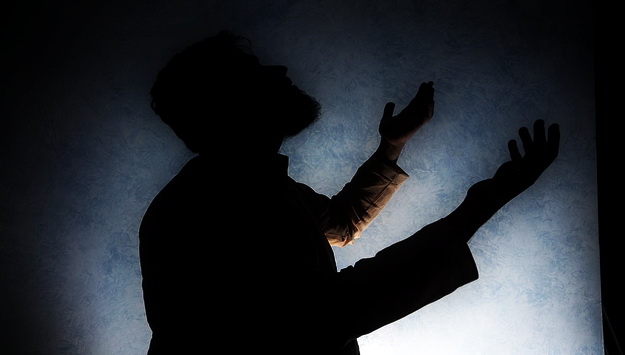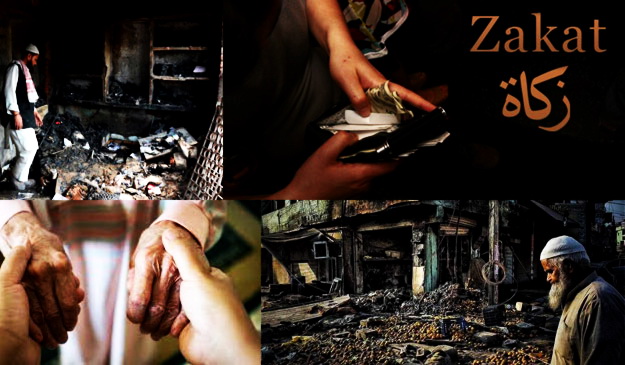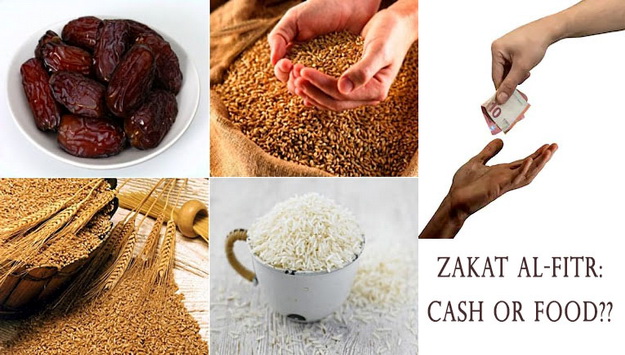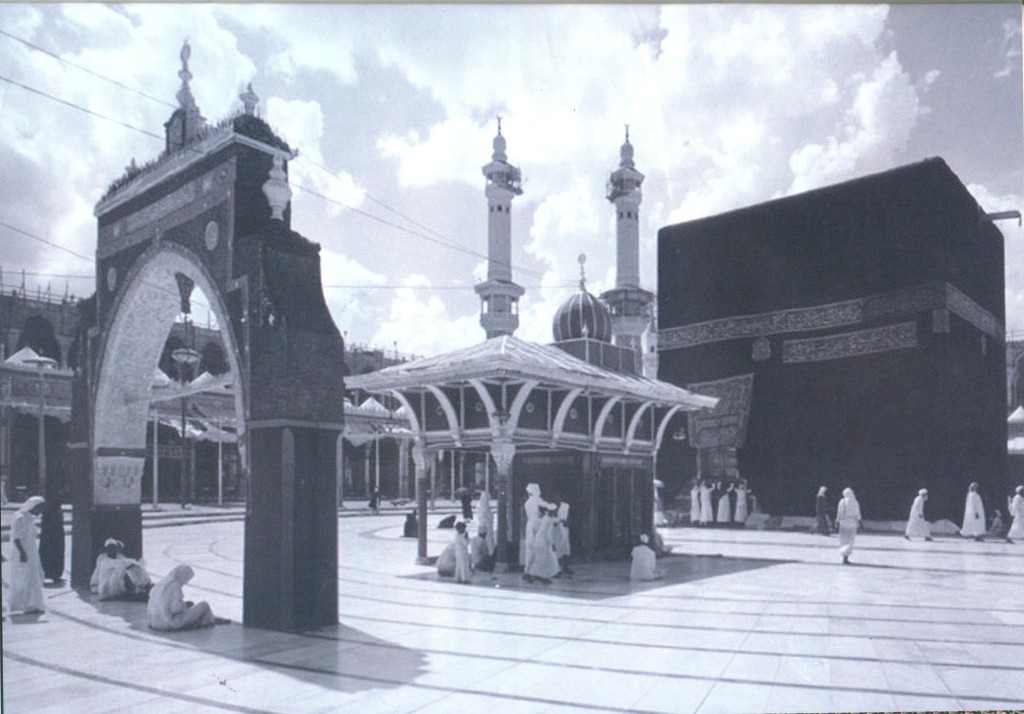
Allah says:
It was said to Ibrahim: “And proclaim to mankind the Hajj. They will come to you on foot and on every lean camel, they will come from every deep and distant mountain highway (to perform Hajj)” [Surah Al Hajj 22:27]
This verse above is brought to life by a plethora of accounts spanning one and a half millennia. It seems particularly salient given that right up until the first third of the twentieth century, people of all colors, languages and lands were traveling (at least in the last leg of their journeys) on ‘camel’ and on ‘foot’ to the holy sanctuary.
Around 4,000 years ago Ibrahim ibn Azar, thought to be from the ancient Mesopotamian city of Ur (in modern day southern Iraq), embarked on a magnificent journey and struggle as a Messenger of Allah sallallahu ‘alayhi wa sallam. Towards the end of his life, his journey took him to Bakkah (Surah Ali ‘Imran 3:96), where the first mosque on earth was built and a series of pilgrimage (Hajj) rites were revealed by Allah. Today this ancient city is Makkah, lying in a harsh, rocky, and mountainous desert landscape where, in antiquity, no crops seem to have grown and a climate of ‘suffocating heat, deadly winds, and clouds of flies’ (Maqdisi’s description (ca.966CE) as cited by Wolfe p. XV; Michael Wolfe is a Muslim convert who collected a literary anthology on the Hajj inspired by his own pilgrimage) prevailed.
For reasons known only to Allah, this land is the most beloved on earth to Him. It is far removed from the lush comforts and adornments of this world in greener, leafier and more fertile parts; it is a place that none would think to visit but those devoted to worshiping Allah, compelled by His instruction:
“Pilgrimage to the House (Ka’bah) is a duty mankind owes to Allah, those who are able to undertake it.” [Surah Ali ‘Imran 3:97]
Hajj is a unique act of worship such that it is tied not only to a specific time, set, and sequence of rituals but also a specific physical geography – the sacred valley of Ibrahim. When the Prophet performed hajj there were approximately 40,000 (1) – 90,000 (2) people present, a figure utterly dwarfed by the current numbers that annually inundate the ancient valley on top of its resident population of 1.2 million. To witness a contemporary Hajj is, in many respects, to witness a microcosm of the global Muslim Ummah.
1. Two major hadith scholars, Ibn Kathir & Ibn al-Salah, concur that 40,000 people were present at the Farewell Hajj with the Prophet; see Ibn Kathir, ‘The Life of the Prophet Muhammad’; Garnet 2000, volume 4, pages 193 & 20. & Ibn al-Salah al-Shahrazuri, ‘An Introduction to the Science of Hadith’, Garnet (2006), Category 39, page. 214
2. Wolfe p.xvii
 navedz.com a muslim's Quest for the truth
navedz.com a muslim's Quest for the truth
